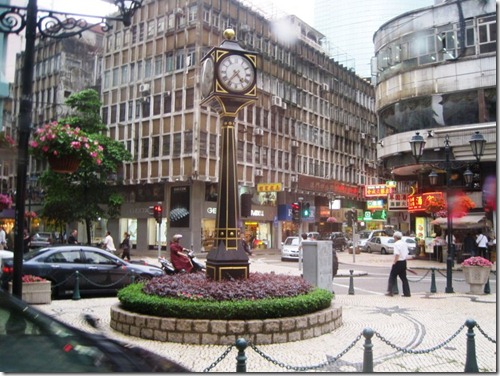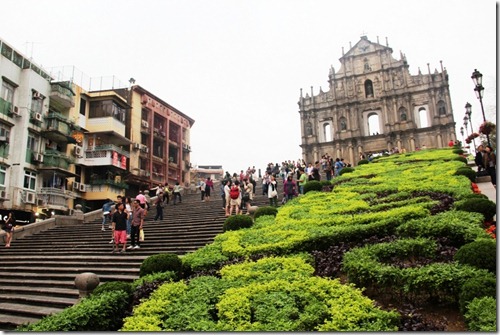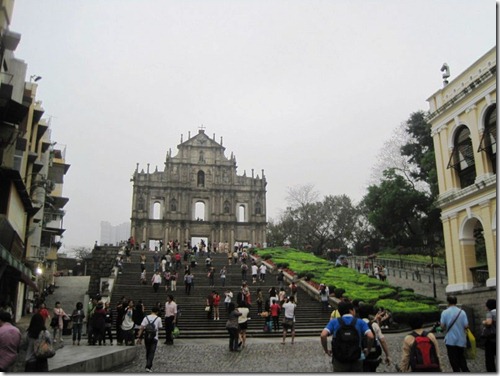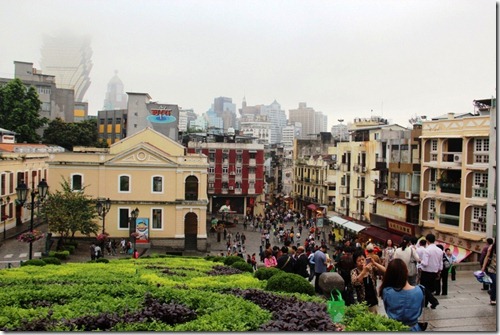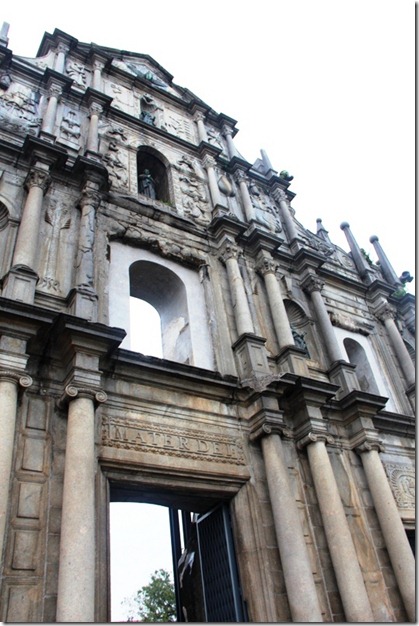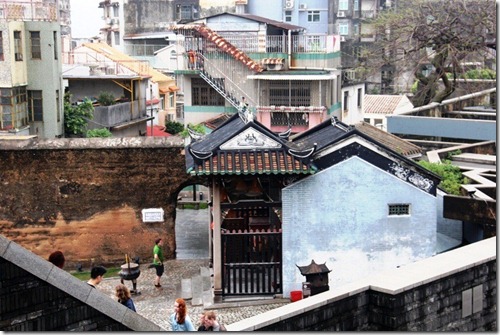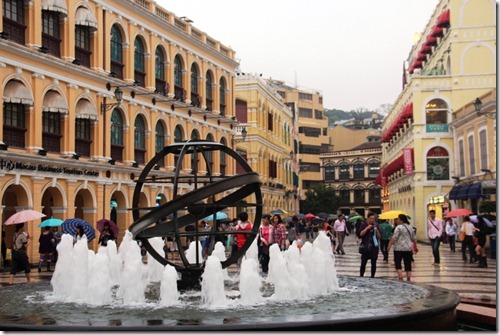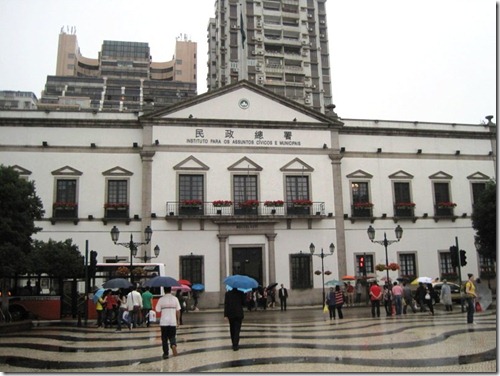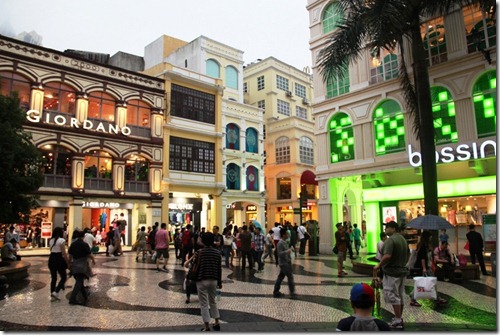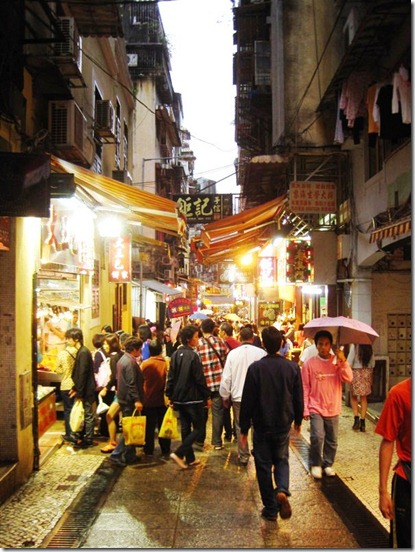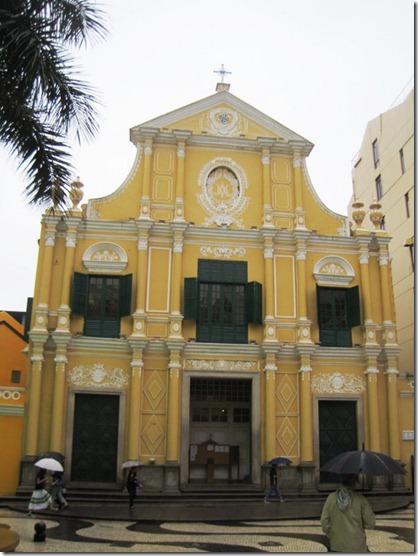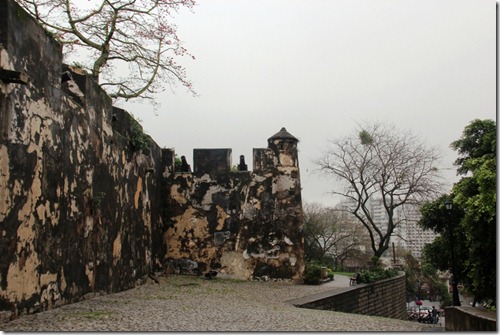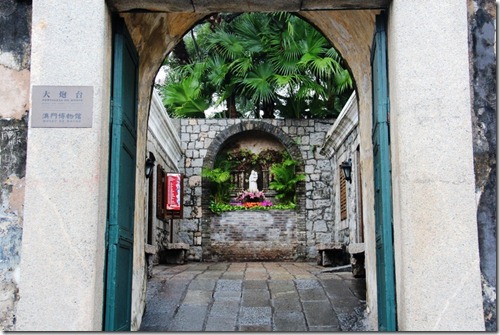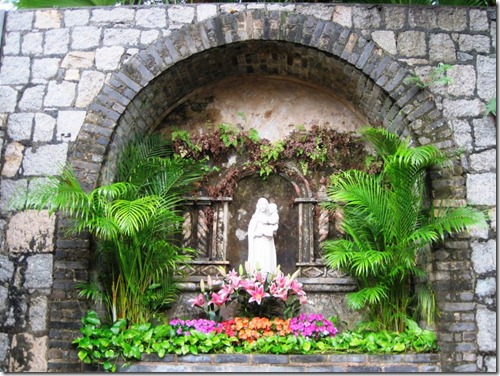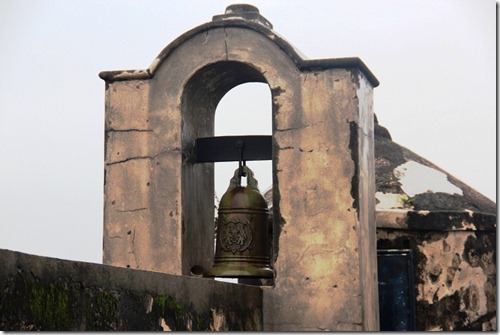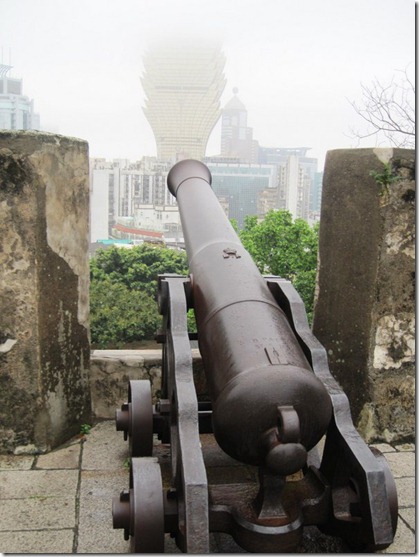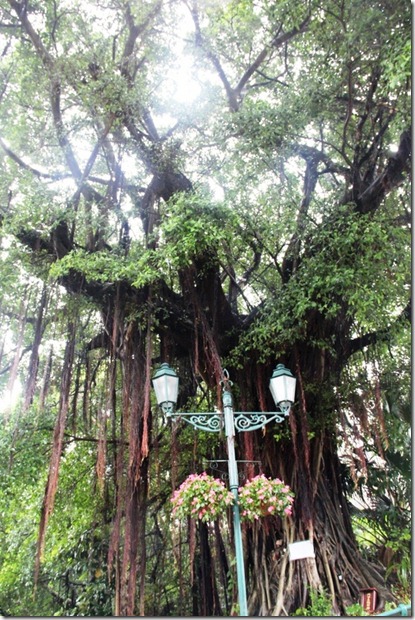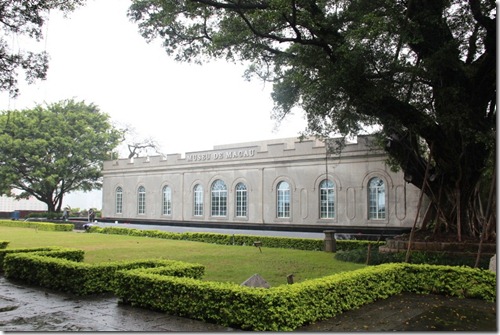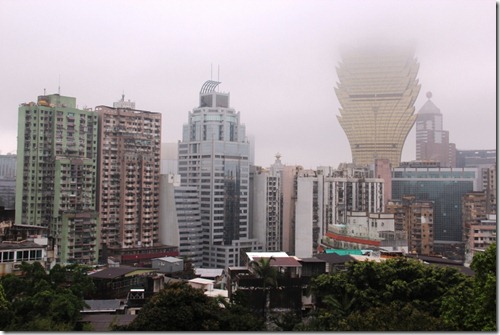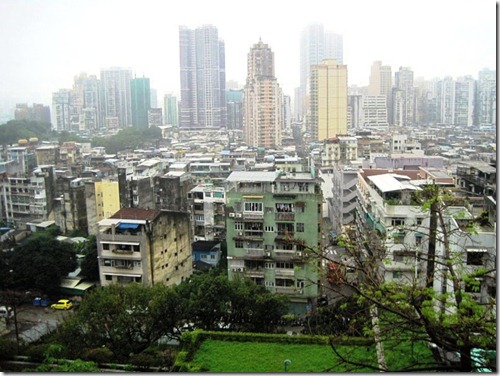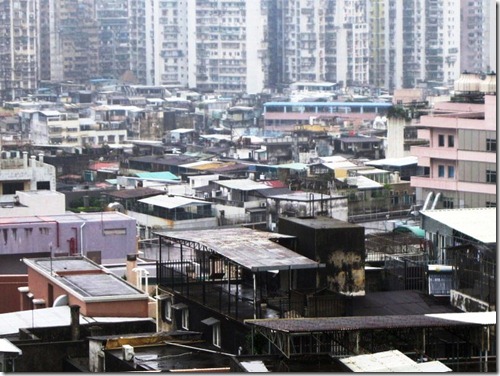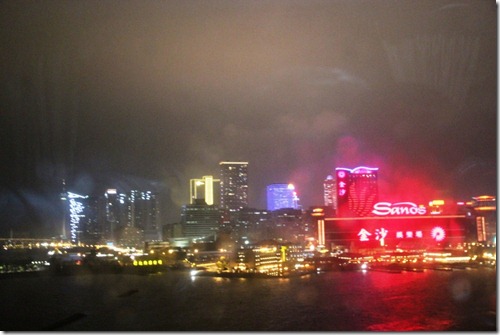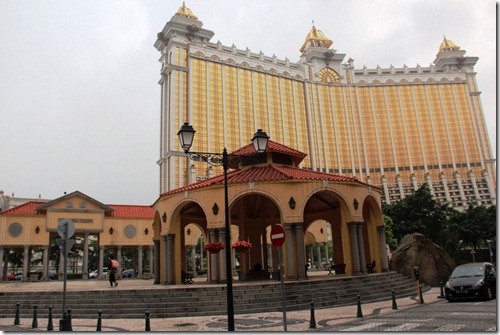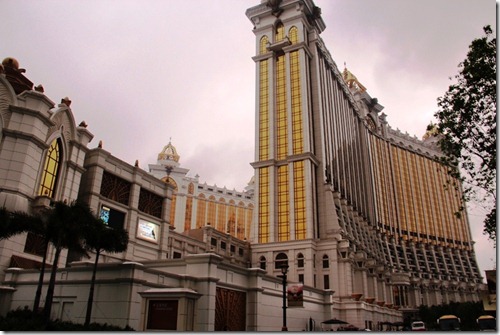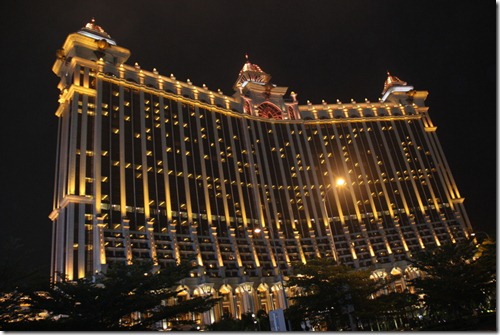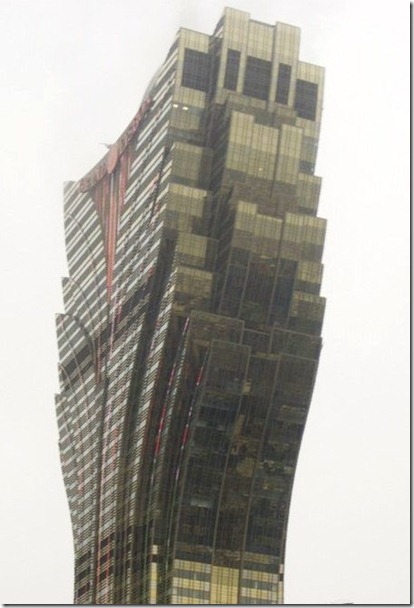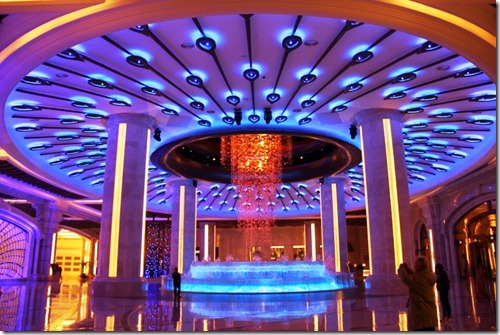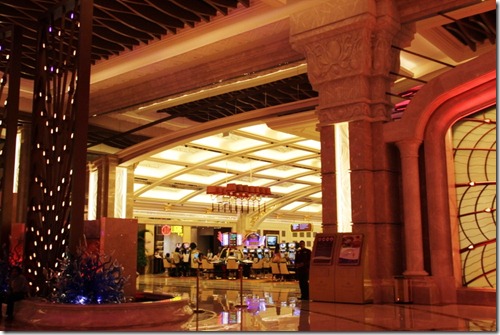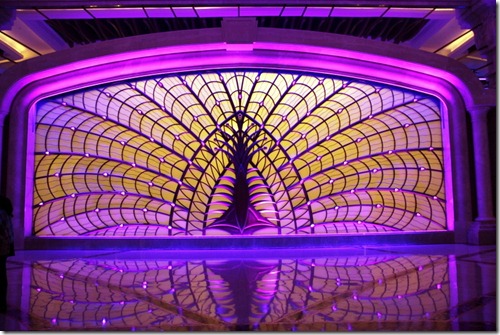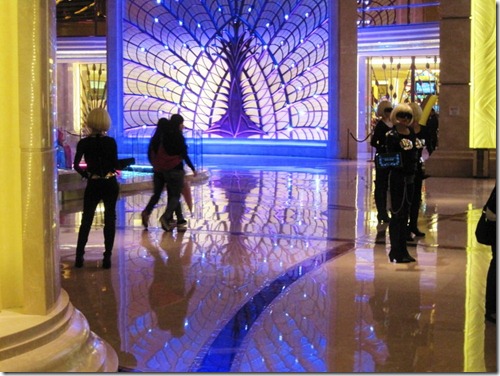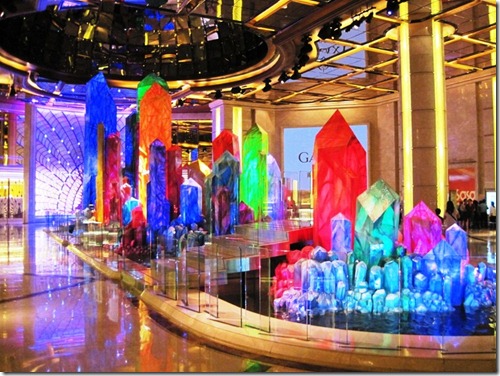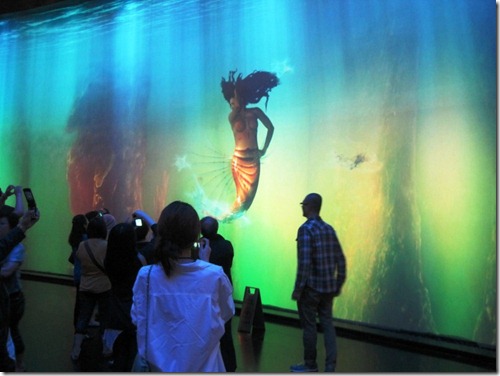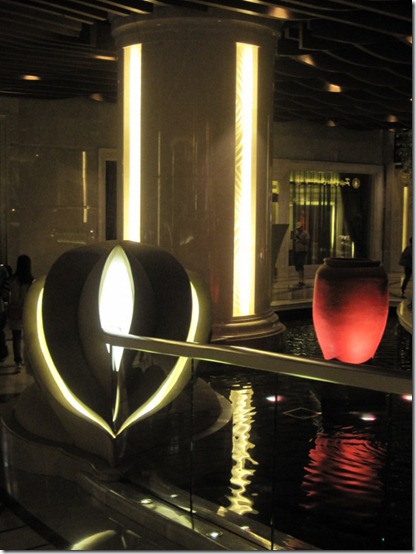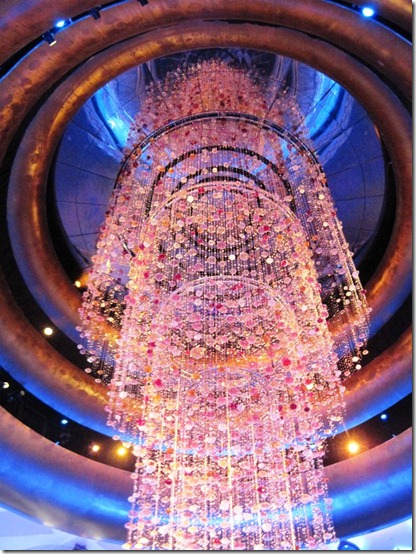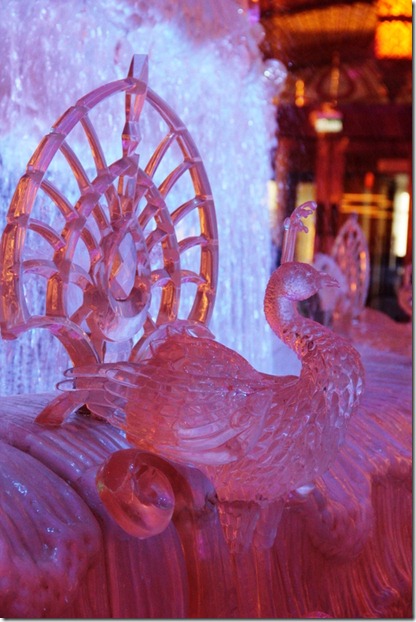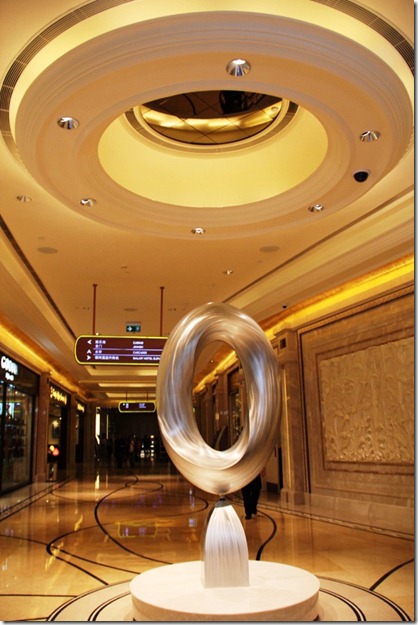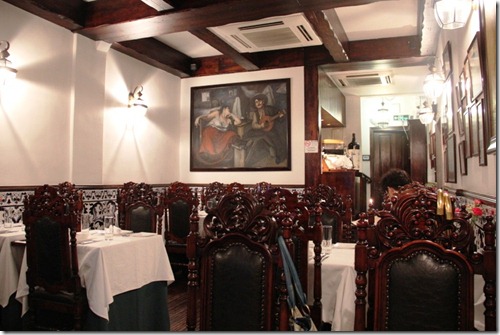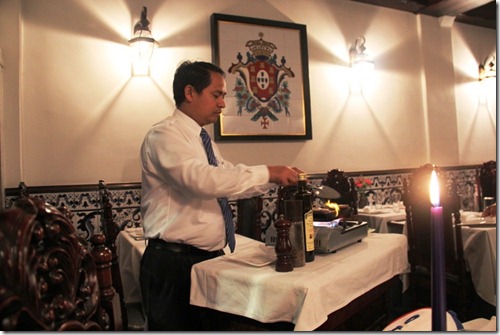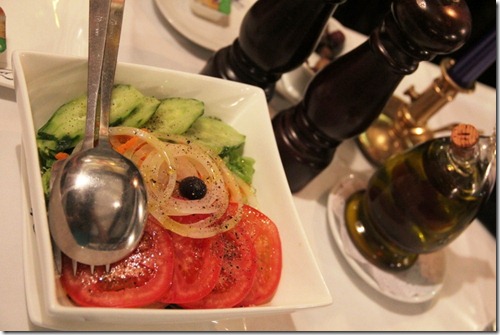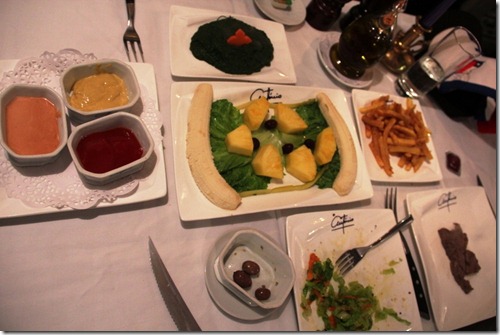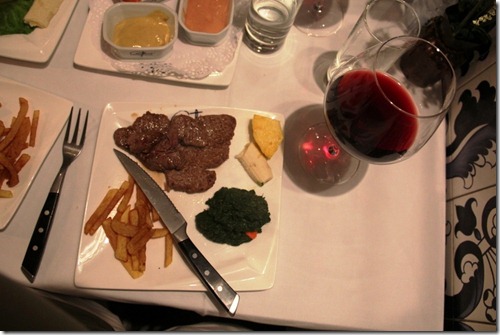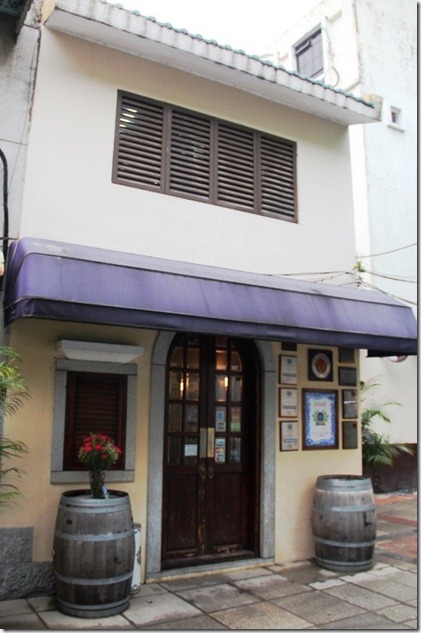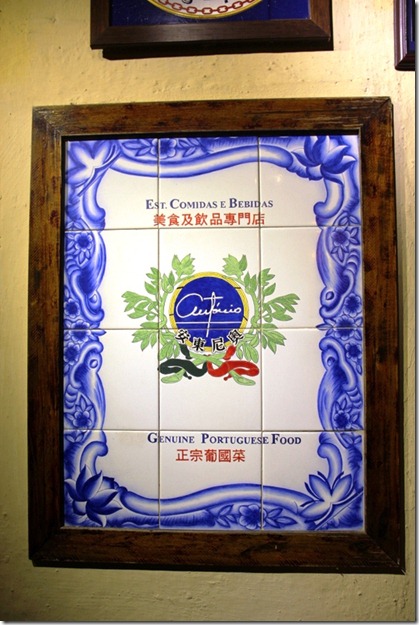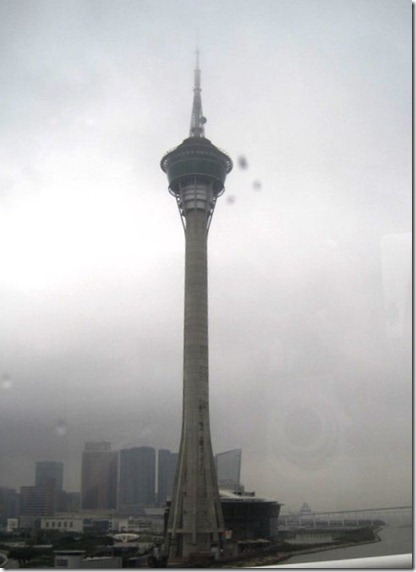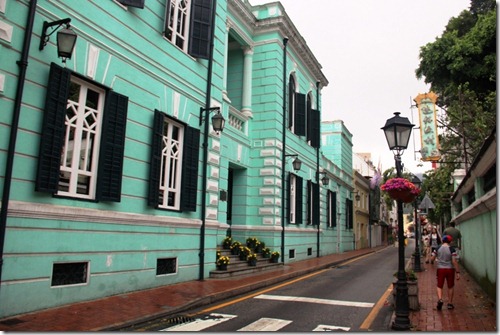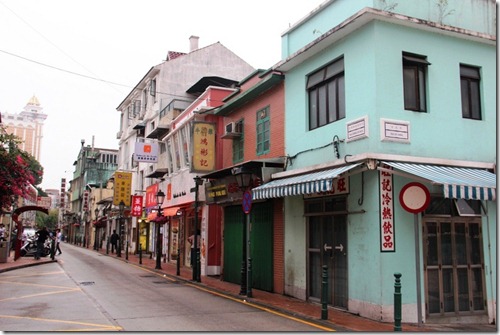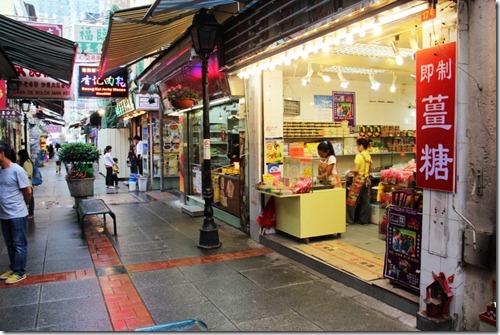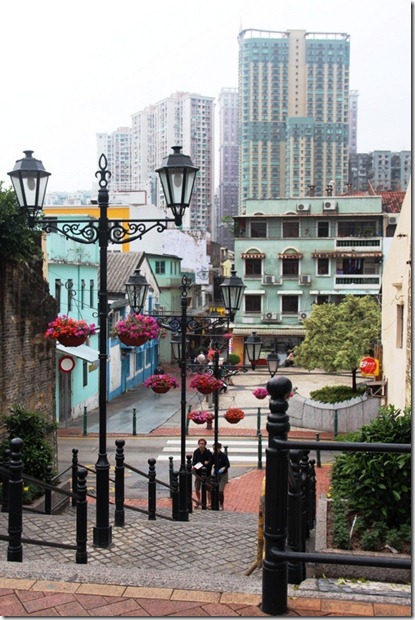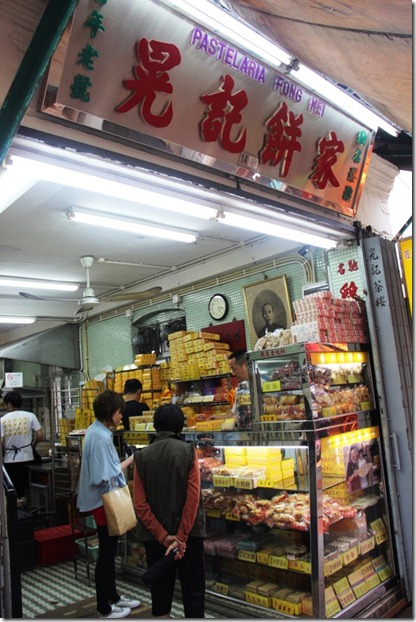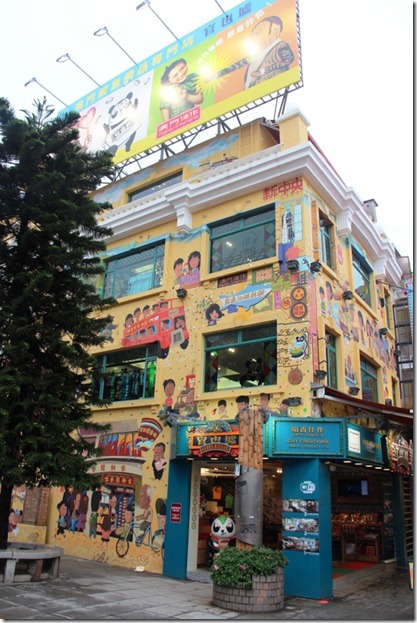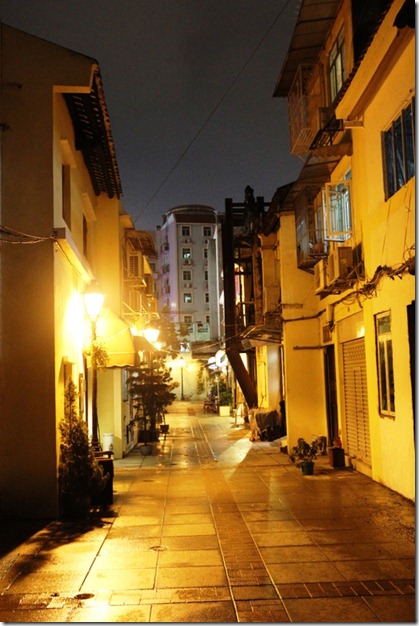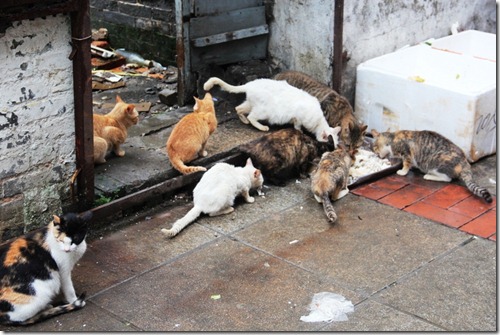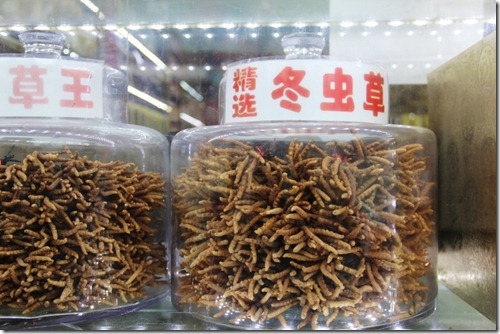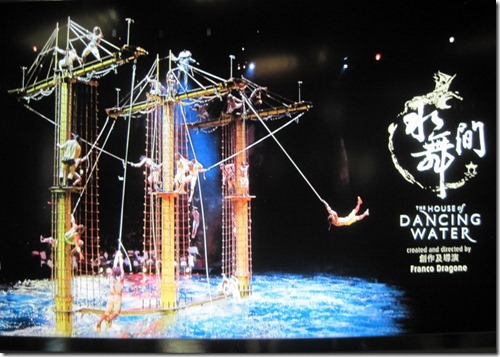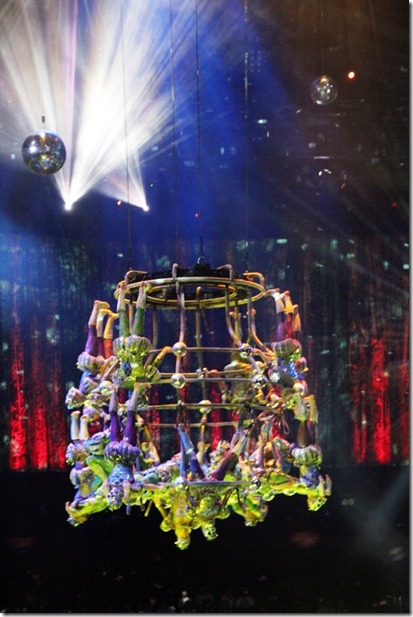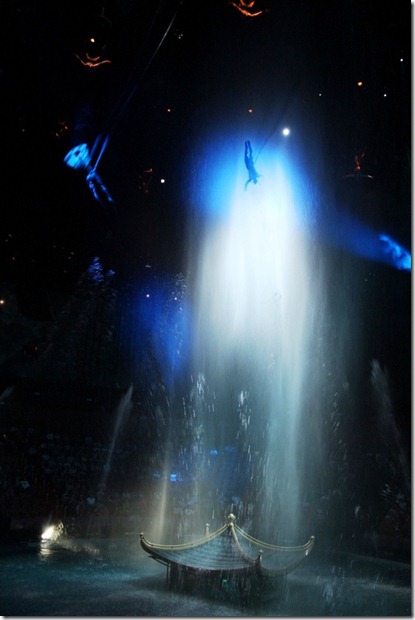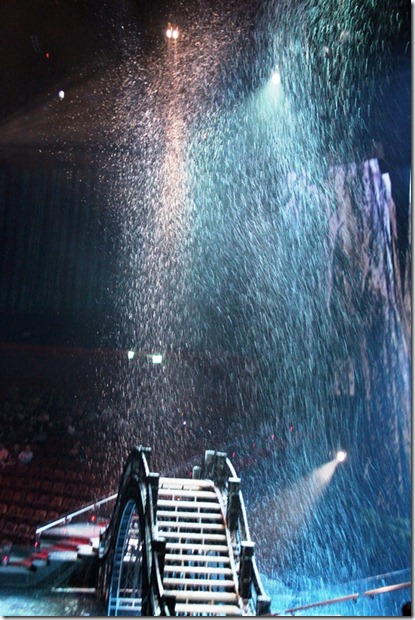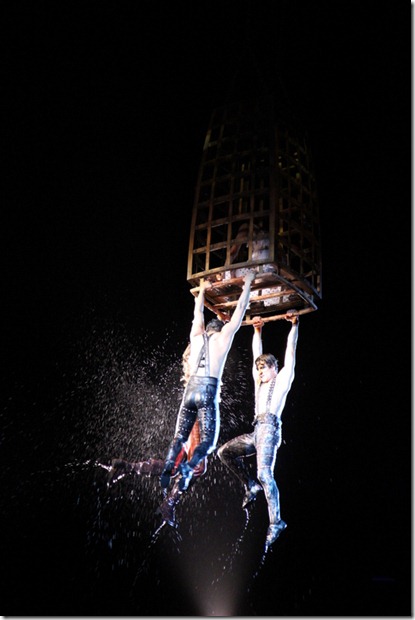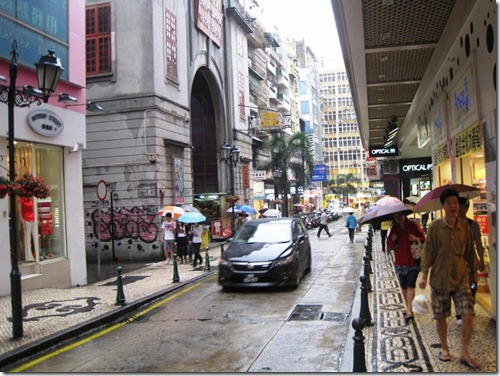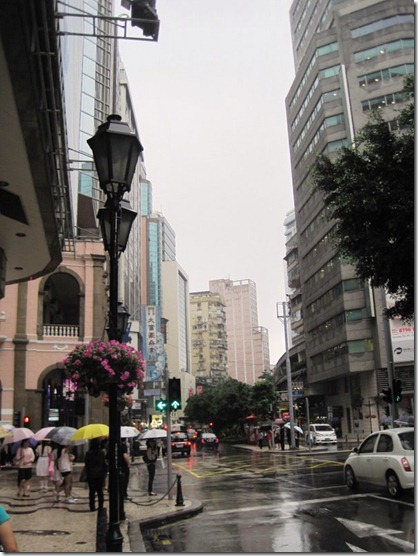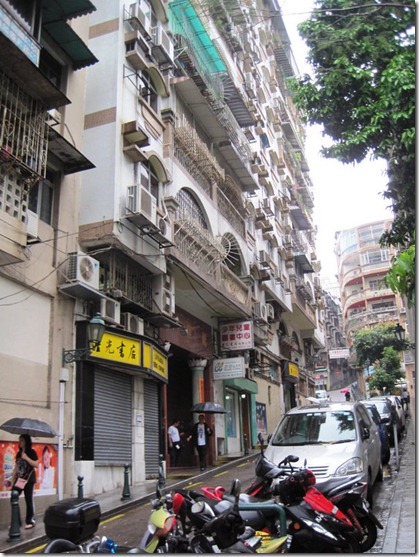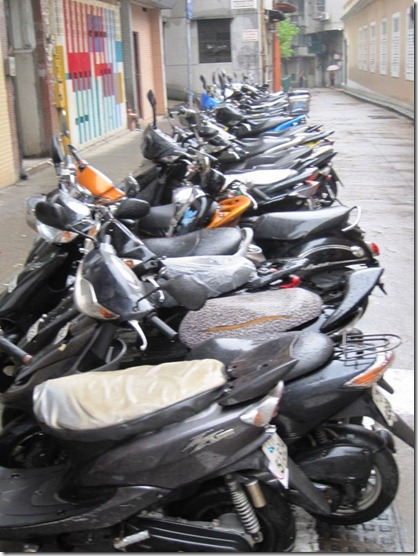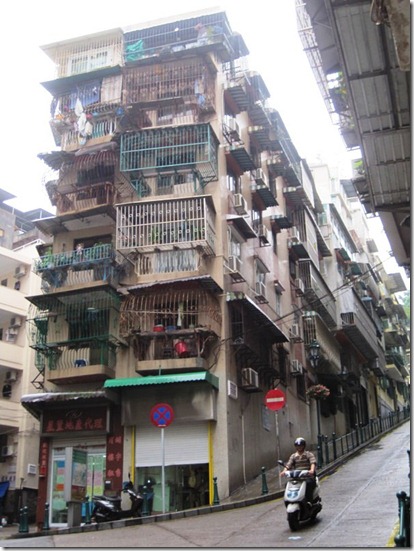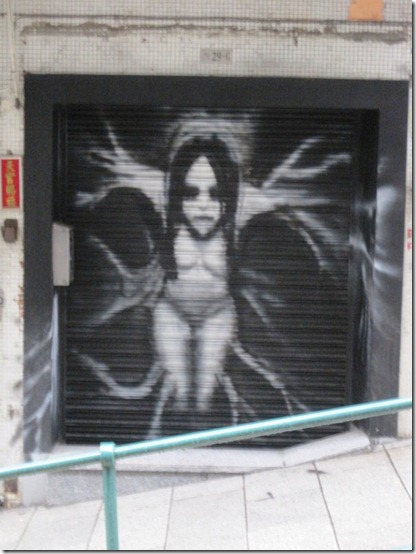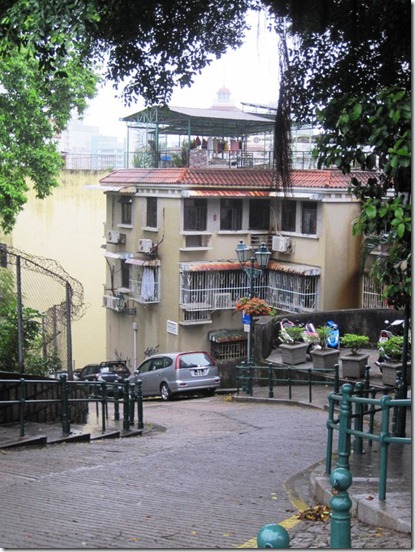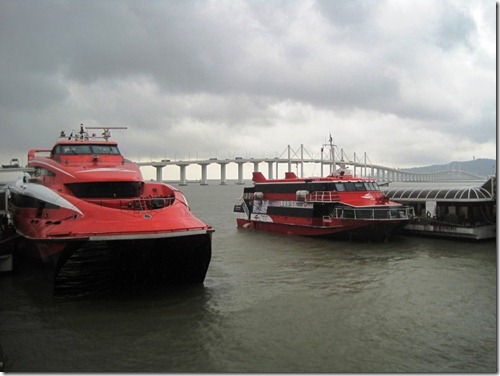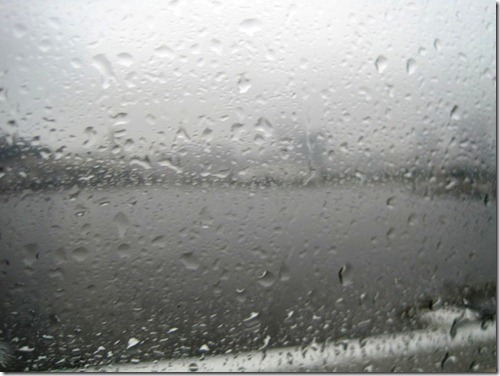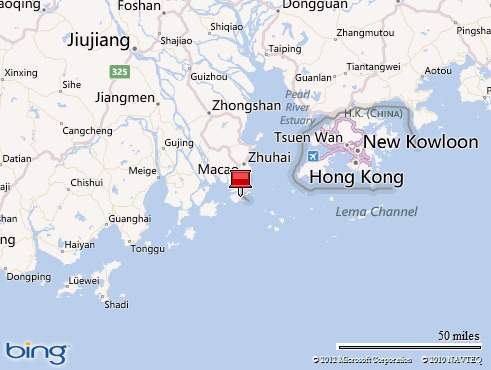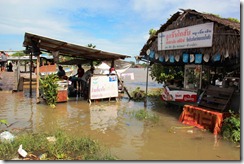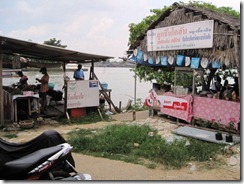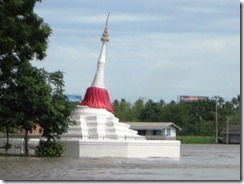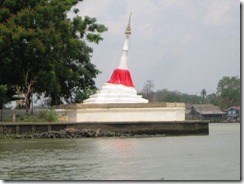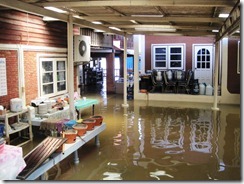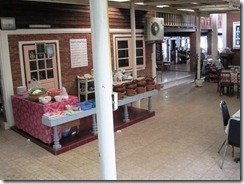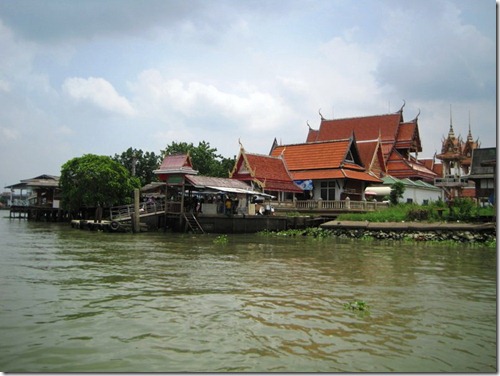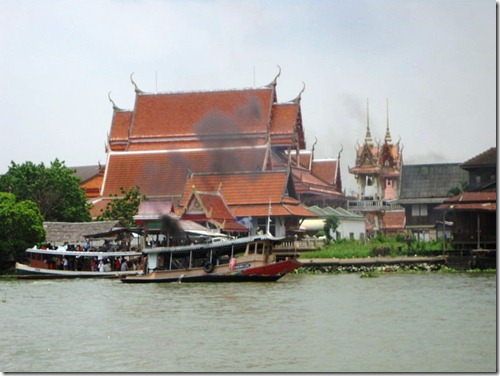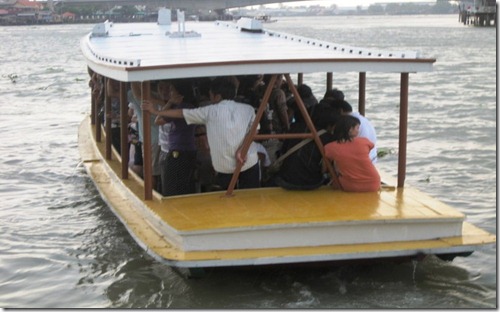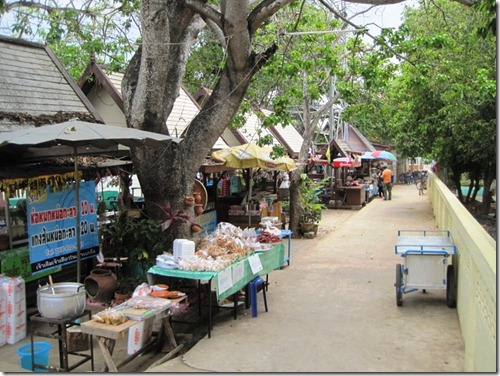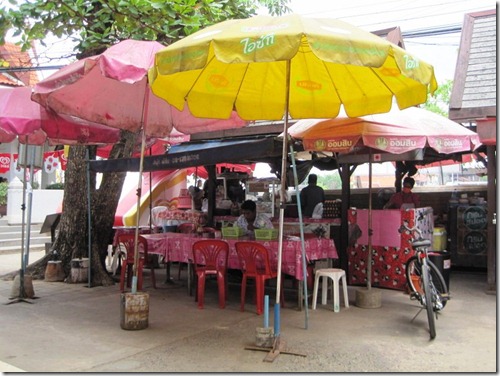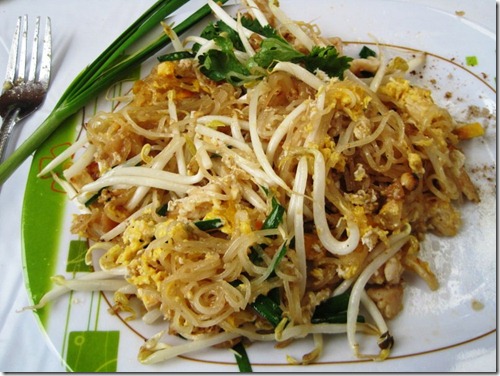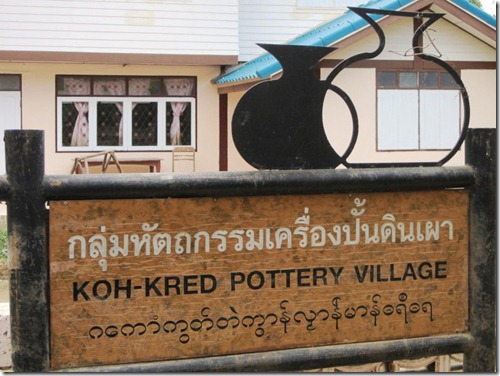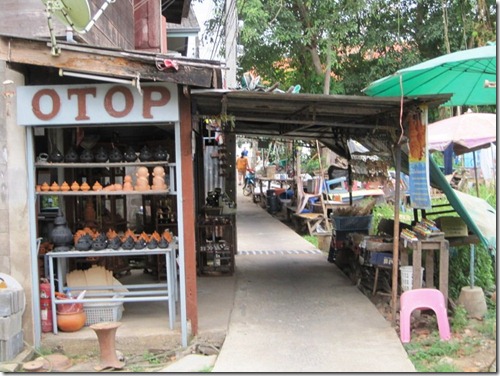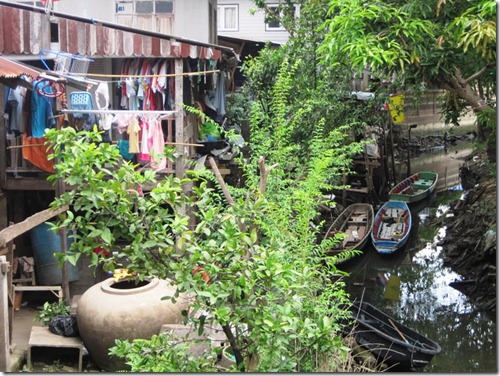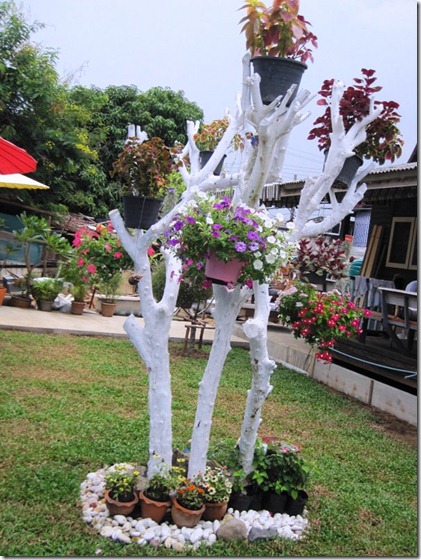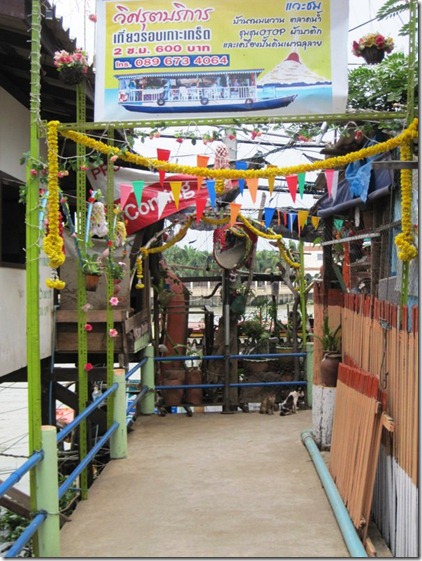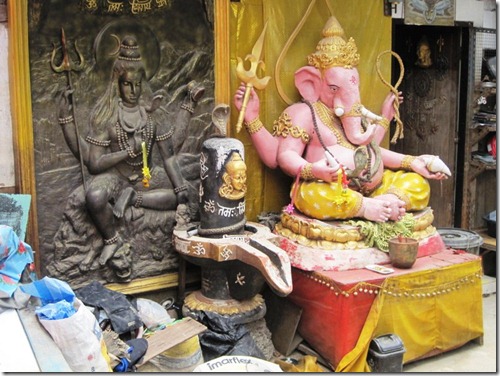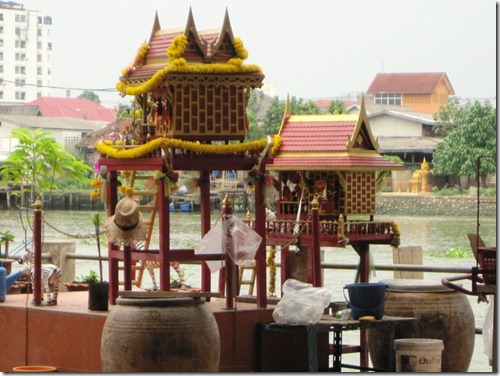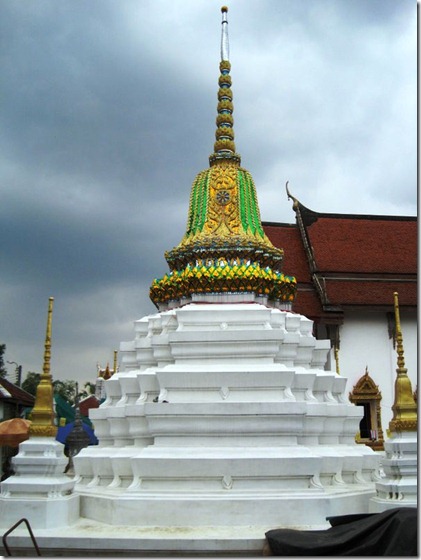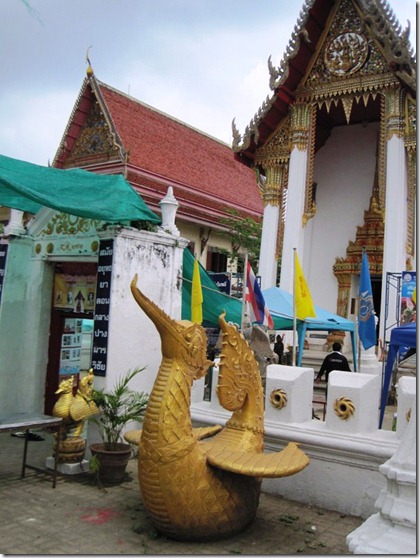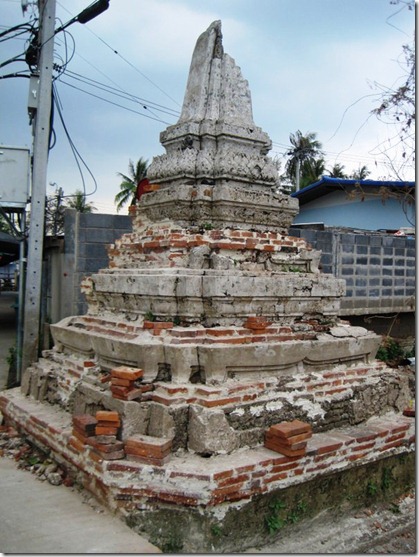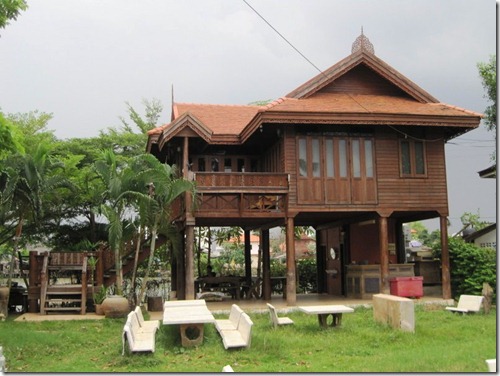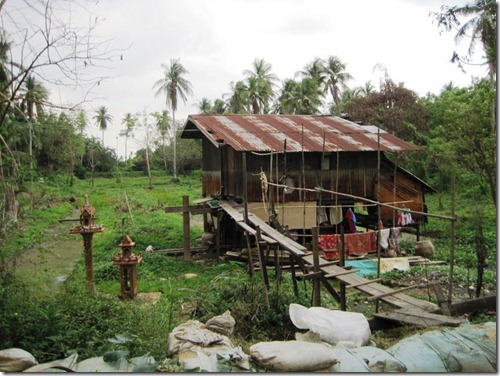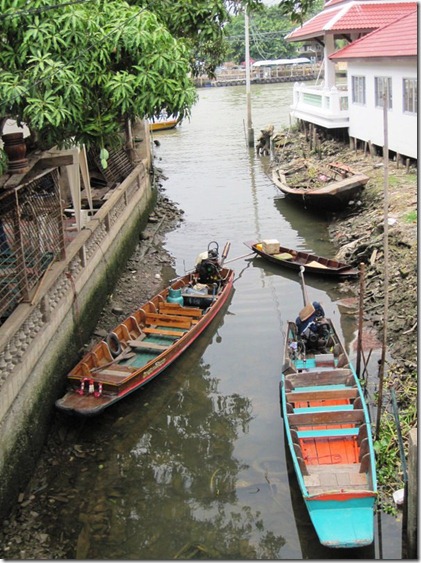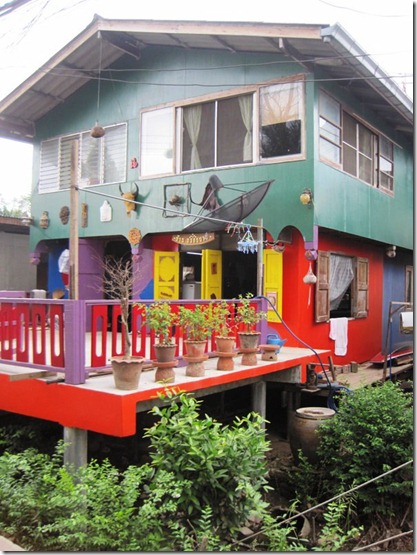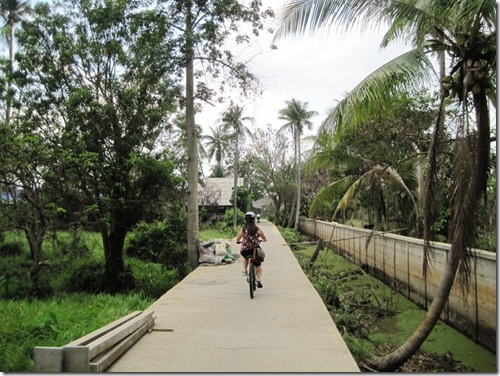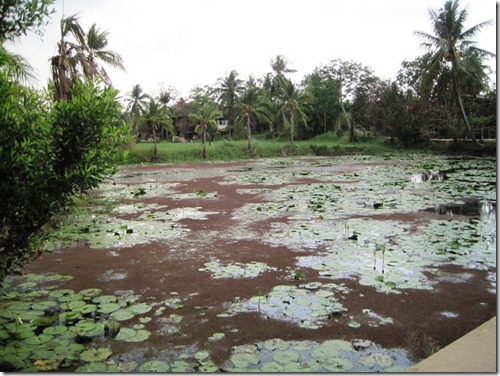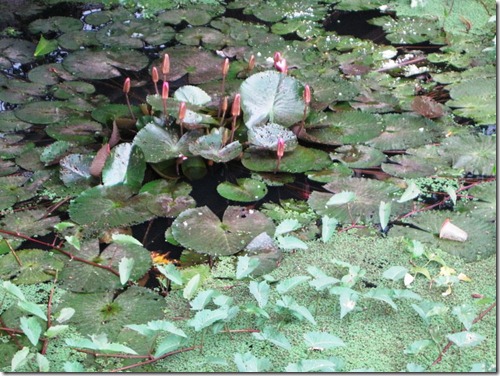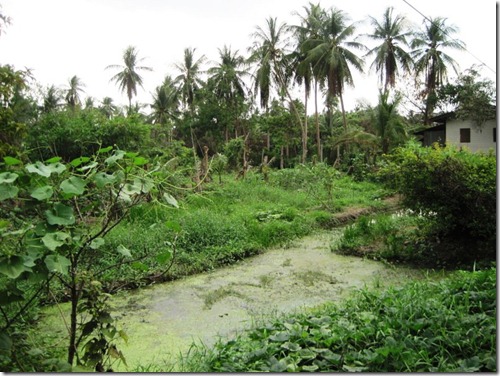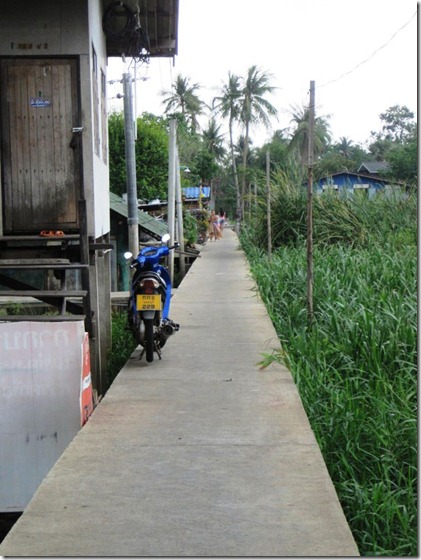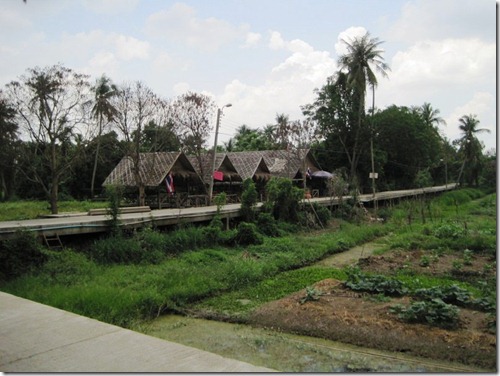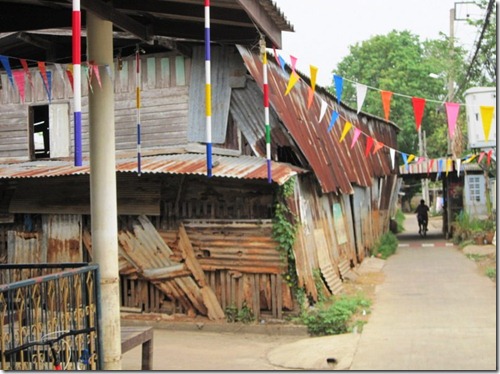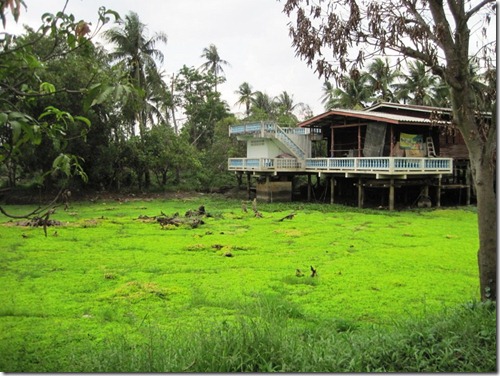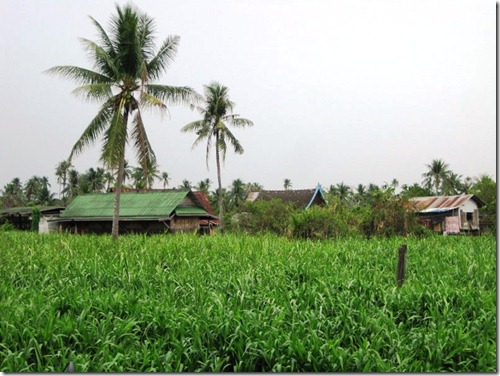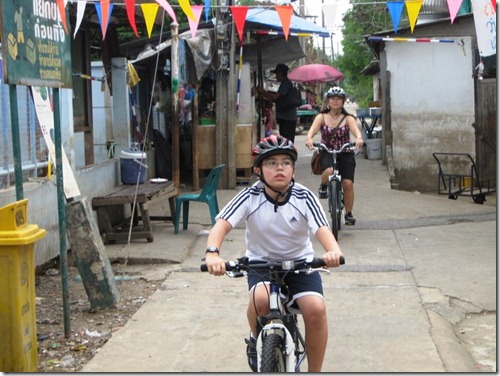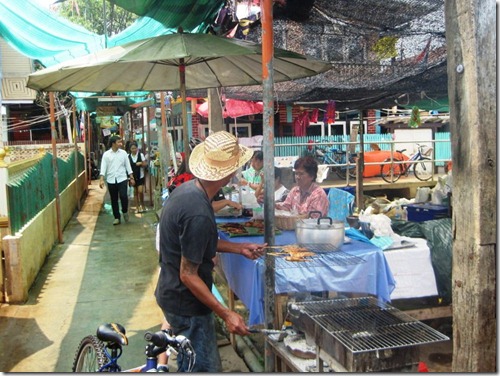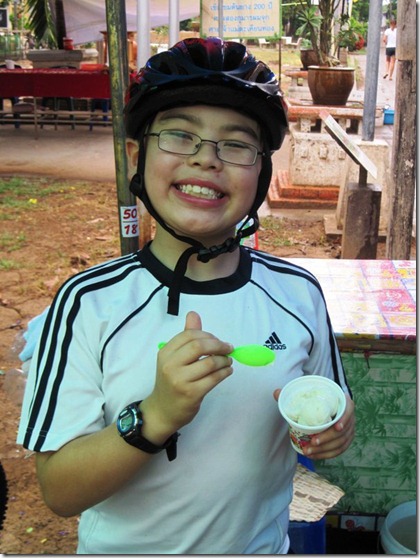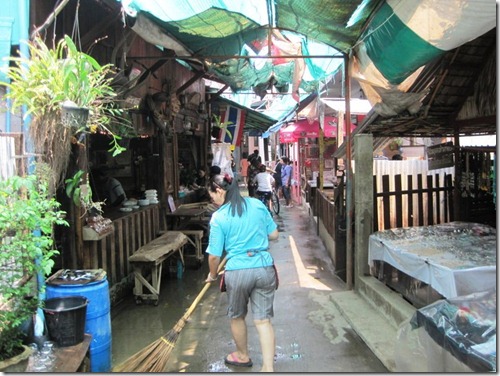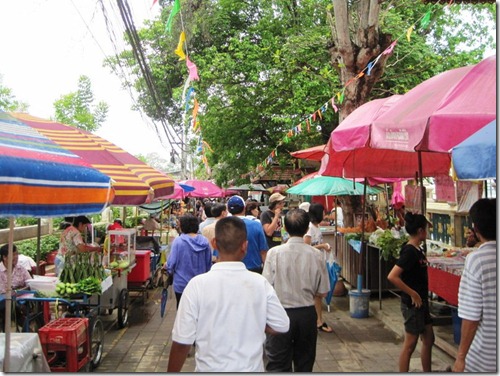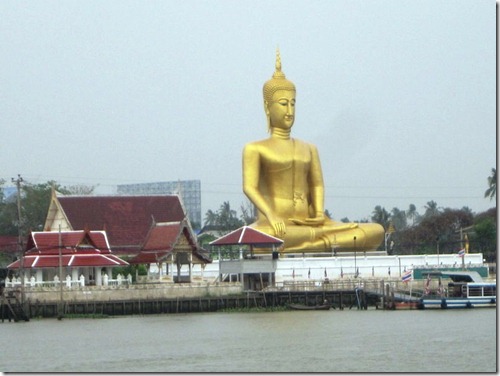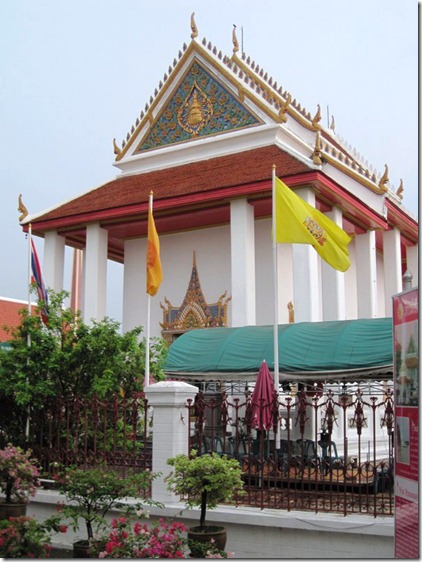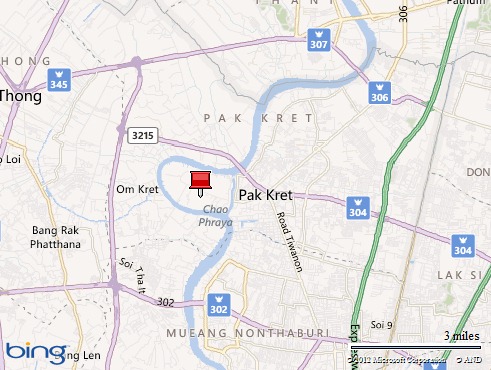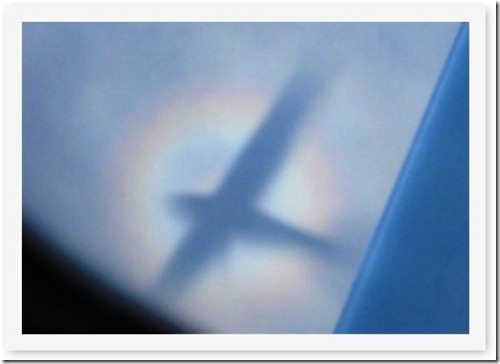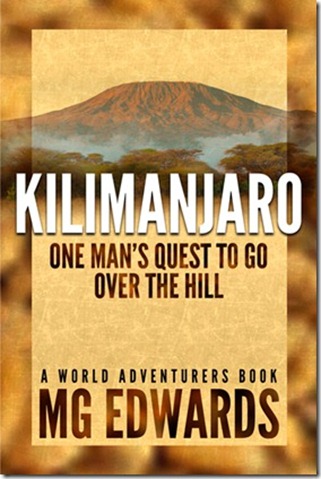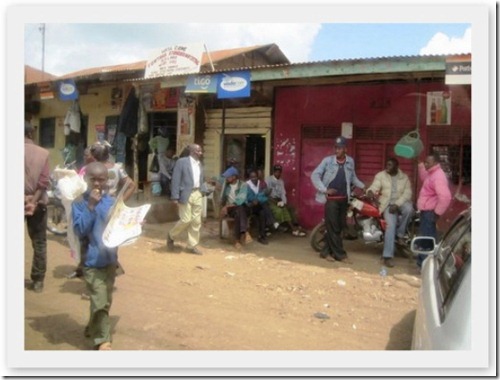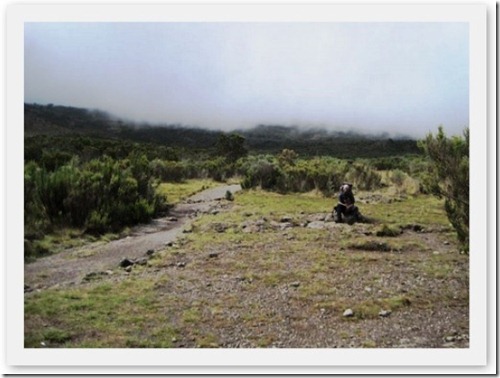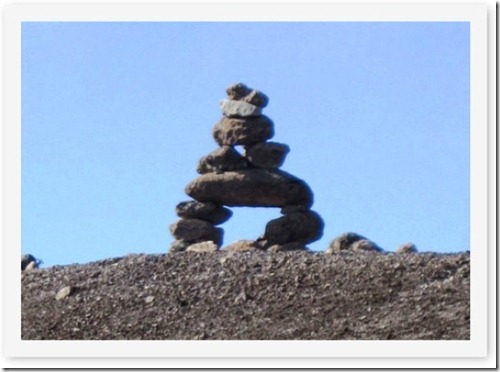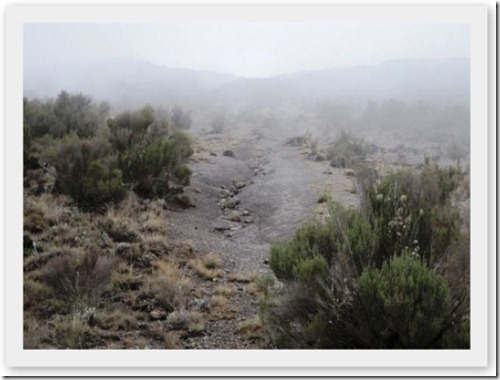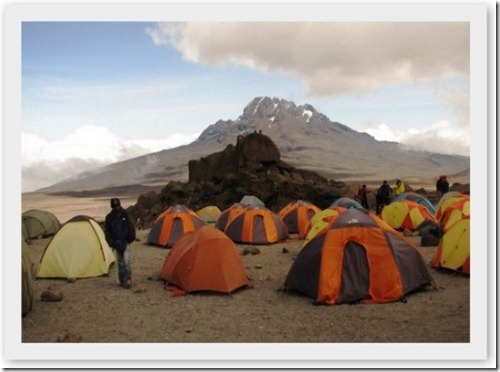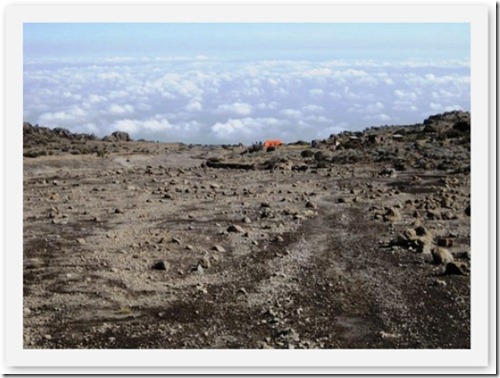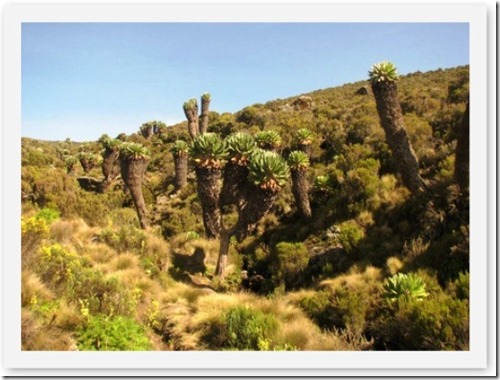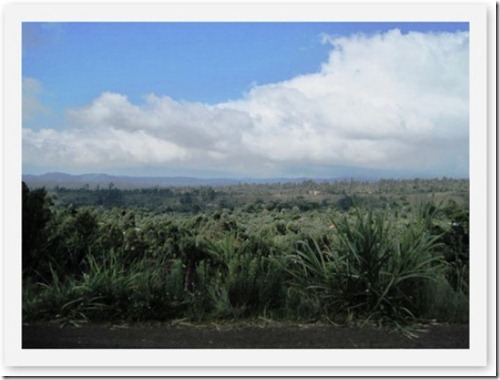Top Ten Things to Savor in Macau
Here is a top ten list of things to enjoy in Macau, a Special Administrative Region of the People’s Republic of China and former Portuguese colony. This list is based on my visit to Macau in April 2012. The activities and destinations listed should give you a taste of what one of Asia’s most fascinating places has to offer.
1. Ruins of St. Paul Cathedral in the Historic Centre of Macao (the Portuguese spelling of Macau), a UNESCO World Heritage Site.
The Historic Centre of Macao on Macau Peninsula with its mix of Portuguese and Chinese influences was designated a World Heritage Site by UNESCO in 2005. The Centre stretches over several square kilometers in two zones: one between Barra Hill to the west and Mount Hill in the center, and the other to the east encompassing the Guia Fortress, Guia Chapel, and Guia Lighthouse. The first zone boasts 20 monuments of special significance to the blending of eastern and western influences that harken back to Macau’s days as a Portuguese colony. Click here for more information about the Centre.
The Ruins of St. Paul’s Cathedral and College is arguably the city’s most famous landmark and a must-see attraction. Completed in 1602 by the Jesuits, it was one of the largest Catholic complexes in Asia but fell into decline after Pope Clement XIV dissolved the Jesuits’ Order, the Society of Jesus, in 1773, and the Jesuits departed. It was destroyed by a fire during a typhoon in 1835. The cathedral’s façade crowning a long flight of stone steps is the only visible remnant of the church. Its baroque features are reminiscent of the Jesuit Reductions in South America that were built at about the same time. Behind the façade of St. Paul’s is the Museum of Sacred Art and Crypt with relics and artifacts from the former Jesuit complex.
Next to the Ruins of St. Paul’s is the nondescript Na Tcha Temple, a Buddhist and Taoist temple built in 1888 to honor the Taoist deity of protection, Na Tcha. Perhaps just as significant is the red-brown wall behind the temple that is reportedly one of the last standing sections of the Old Wall of Macau destroyed by the Chinese in 1622.
2. Senado Square and Leal Senado:
As short walk from the Ruins of St. Paul’s through the colorful shopping district of the Historic Centre of Macao is Senado Square, or Senate Square. This is the heart of historic Macau. The square is paved with a colorful mosaic of cobblestones surrounding a contemporary fountain bedecked with a metallic globe. St. Dominic’s Church, Leal Senado, General Post Office, Santa Casa de Misercordia (Holy House of Mercy), a Portuguese charity, and other colonial buildings border the square.
The shopping district in the Historic Centre of Macao:
St. Dominic’s Church:
3. Mount Fortress and the Macau Museum
Also located in the Historic Centre of Macao, the Mount Fortress (Fortaleza do Monte in Portuguese) is a hilltop fortress built in 1626 by the Jesuits to defend themselves from attack. The colonial government seized it after the Jesuits left Macau in the 1770s. It served for many years as the residence of the governors of Macau and a military fort.
The Museum of Macau sits on top of the mount.
Mount Fortress is a short escalator ride from the Ruins of St. Paul’s and has a nice vista overlooking the city worth the trip. You can almost hear echoes of the city’s colonial past near the cannons on the ramparts. The beautiful garden offers panoramic views of the old city. Click here for more views of the city’s skyline.
If you enjoy old military forts and have the time, visit Guia Fortress a few kilometers to the east.
4. A-Ma Temple
The A-Ma Temple, a Taoist temple built in 1488, is the oldest and most famous in Macau. It’s located at the base of Barra Hill at the western end of the Historic Centre of Macao. Time and weather did not permit us to visit it on our trip, but several sources have indicated that it is one of Macau’s main attractions and worth a visit.
5. Visit the casinos, gamble and shop
As the only place in the People’s Republic of China where gambling is permitted, Macao is a popular destination for Chinese who enjoy gambling. As of 2012, gambling revenue in Macau was five times that of Las Vegas, although you wouldn’t know at first glance. Unlike the crowded Las Vegas Strip, Macau’s casinos are scattered across the city. The newer casinos are located on the Cotai Strip in Cotai, a district between Taipa and Coloane islands built on reclaimed land. The Galaxy, City of Dreams, and Venetian are on the Cotai Strip. Others, including the Grand Lisboa and the Sands, are located near the Historic Centre of Macao. These casinos and hotels are filled with restaurants, shops, and entertainment venues that appeal to gamblers and tourists alike. We stayed at the Galaxy and were impressed by the amenities and beautiful peacock motif.
6. Dine on Macanese and Portuguese cuisine
Macau offers a delicious fusion of Chinese and Portuguese cooking. The two have blended into a local style known as Macanese cuisine with an emphasis on baked goods and grilled and roasted meats. Some popular Macanese dishes are Portuguese or African chicken, codfish (bacalhau), gray chicken or rabbit (pato de cabidela), spicy chili shrimps, minced beef or pork (minchi), stir-fried curry crab, steamed pork buns, and egg tarts. Macau has many fine Macanese, Portuguese, and Chinese restaurants. Dine at one recommended by a local or the concierge at your hotel. We dined at Antonio (259 rua dos Negociantes Taipa), a Michelin 3-star Portuguese restaurant owned by renowned chef Antonio Coelho widely known as one of the best purveyors of Portuguese cuisine in Macau. The meal was delicious, and the ambiance was wonderful.
Other recommended restaurants in Macau are Fernando’s on Coloane island (9 Praiade Hac), seafood restaurant O Manel (10 rua de Femao Mendes Pinto), and Macanese restaurant O Porto Interior (259 rua do Almirante Sergio).
7. Macau Tower:
The 338 meter (1,109 foot) tall Macau Tower offers some of the best views of Macau. Thrill seekers can walk on Skywalk X, the outer rim of the tower with only a tether and no handrail. Or bungee jump off the tower, the second highest in the world after the Vegas’ Stratosphere skyjump. We didn’t visit the tower because of bad weather, but I took a photo of it.
8. Taipa Village:
Taipa Village is an old settlement on Taipa Island near the Cotai Strip. It’s worth a visit if you’re staying on Taipa or Coloane islands. Get away for a meal at one of the Portuguese or Macanese restaurants. Walk along Rua do Cunha or one of the cobblestone side streets to buy pastries or souvenirs and visit the Taipa House Museum and Church of Our Lady of Carmel. With all the modern casinos rising up around it, this colonial-era town feels like a place frozen in time.
Here are a couple of odd sights we encountered in Taipa Village – alley cats feasting on a meal outside a restaurant (we didn’t eat there) and dried caterpillar fungus (Cordyceps sinensis) for Chinese herbal tea.
9. Macau Science Center, Cultural Center of Macau, and Macau Museum of Art:
The Macau Science Centre is a contemporary waterfront structure designed by famous architect IM Pei that opened in 2009. The Cultural Center of Macau and Museum of Art are co-located in the same building across the street from the science center. The three offer a variety of exhibits and performances that make for a nice alternative to the casinos and historic parts of town. They are also visually attractive and offer a nice photo op.
10. The House of Dancing Water Show:
The House of Dancing Water, a Vegas-style stage production at the City of Dreams, is a wonderfully choreographed experience in an intimate aqua theater-in-the-round. The uniquely Asian take on the aquatic theater concept combines theater, dance, gymnastic artistry, high-performance diving, and state-of-the-art displays of water imagery. Click here to read my previous post about the show or click here to buy tickets.
We simply enjoyed walking around the streets of Macau to see the city. Here are some photos from the city center:
There are many more things to savor in Macau. It’s impossible to see it all without visiting at least a few days. From the Macau Grand Prix held each November to taking the one hour Hong Kong-Macau Ferry, a visit to Macau is filled with eclectic diversions that make it a fun destination in Asia.
Here’s to hoping your trip will be filled with sunshine.

